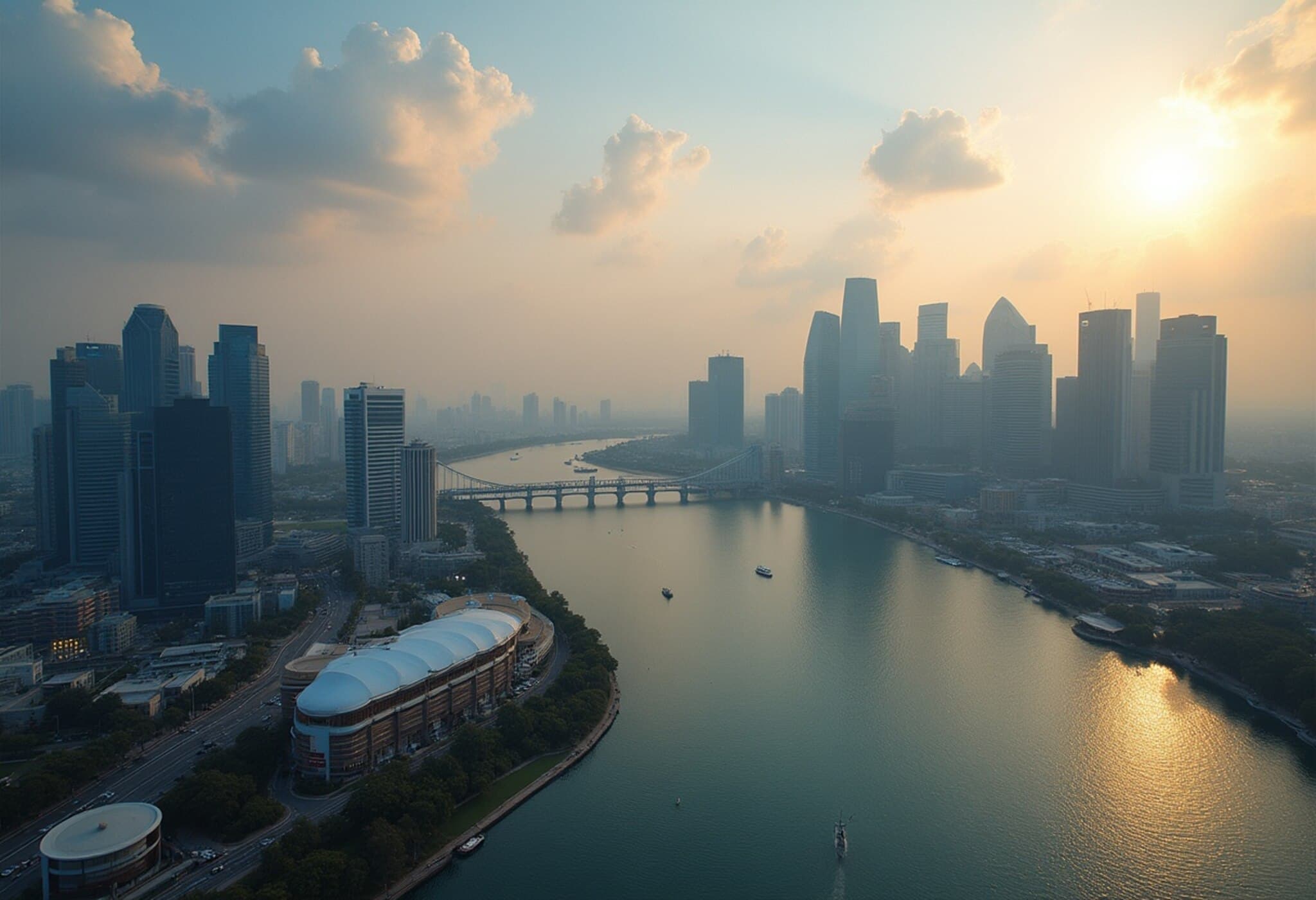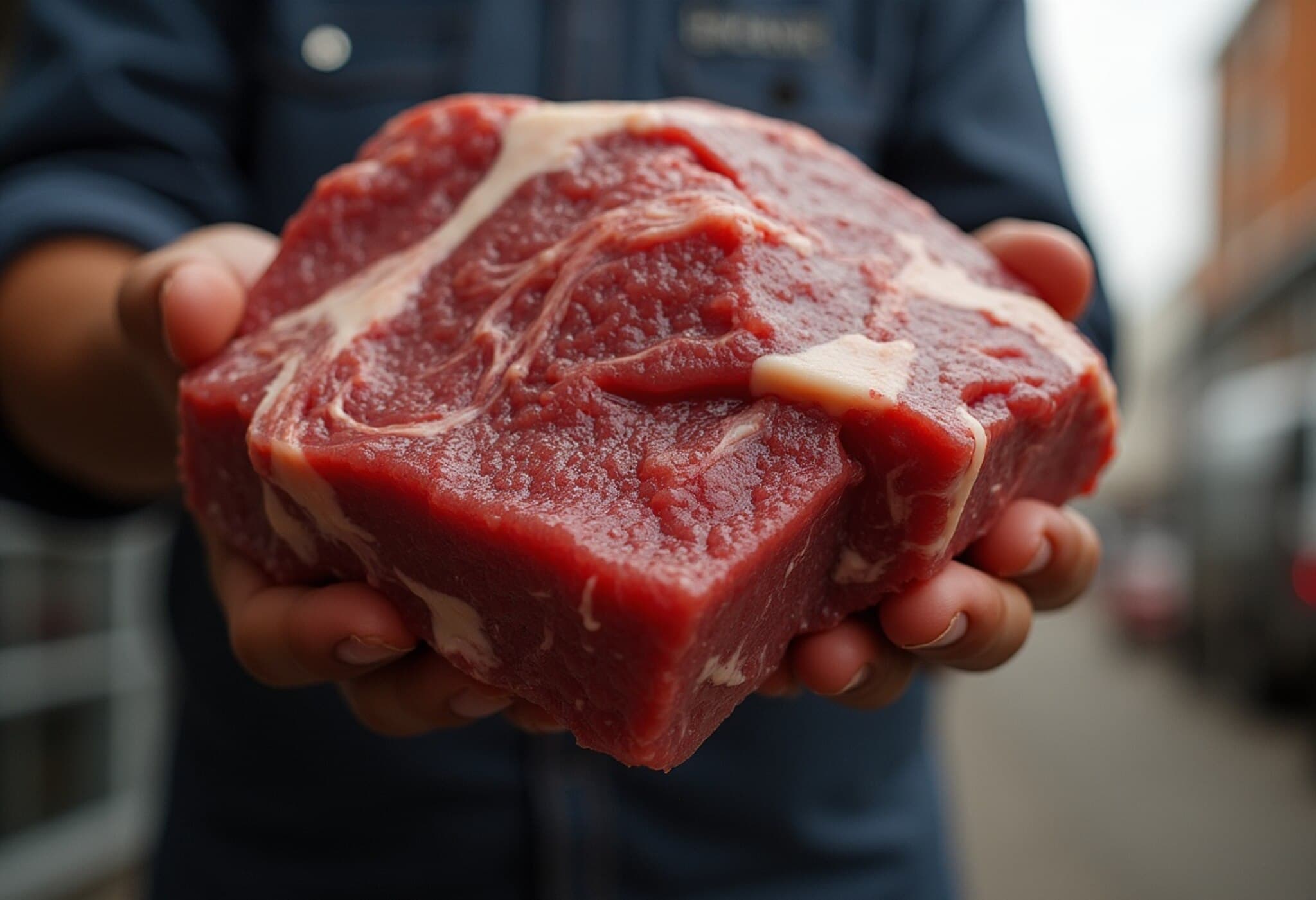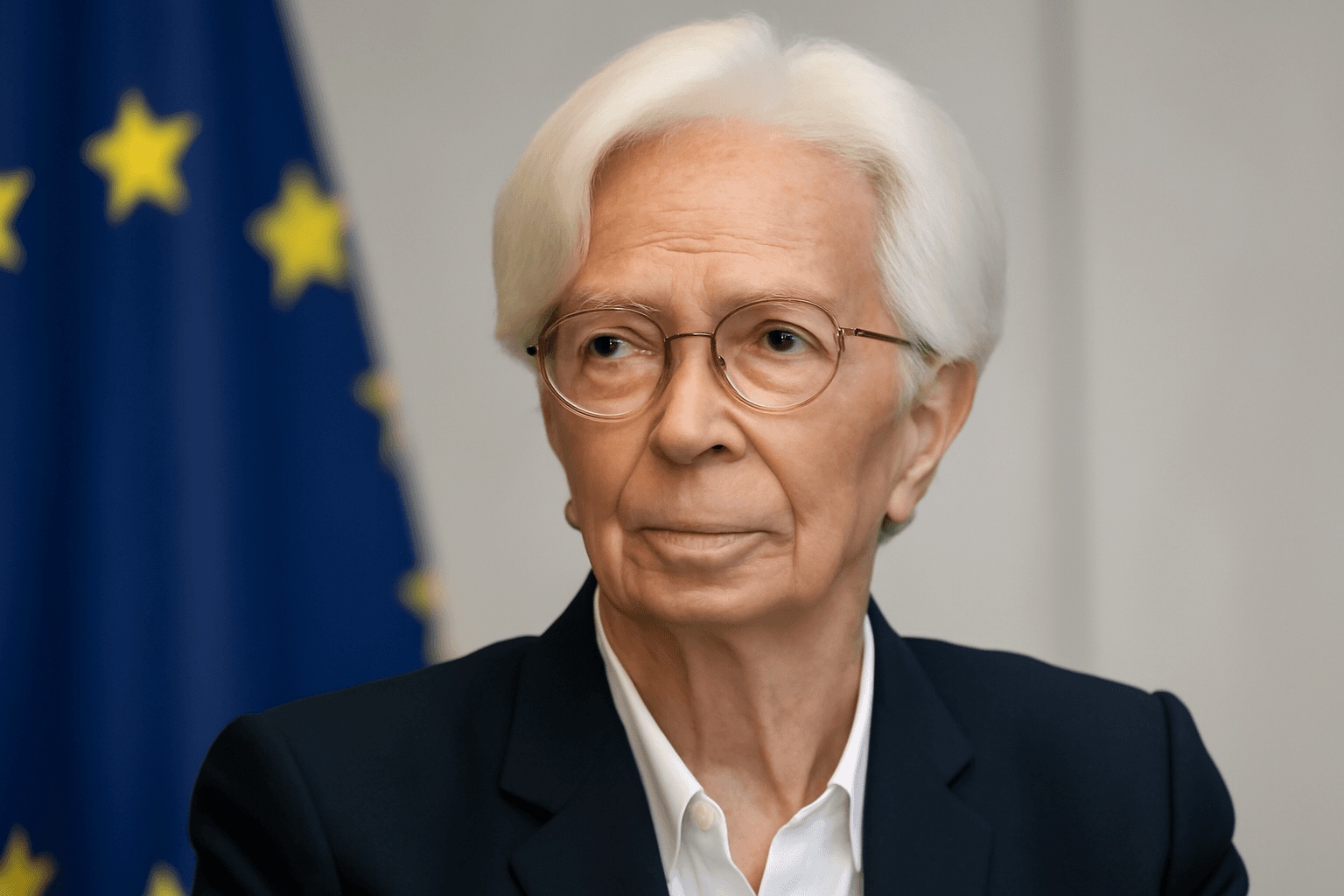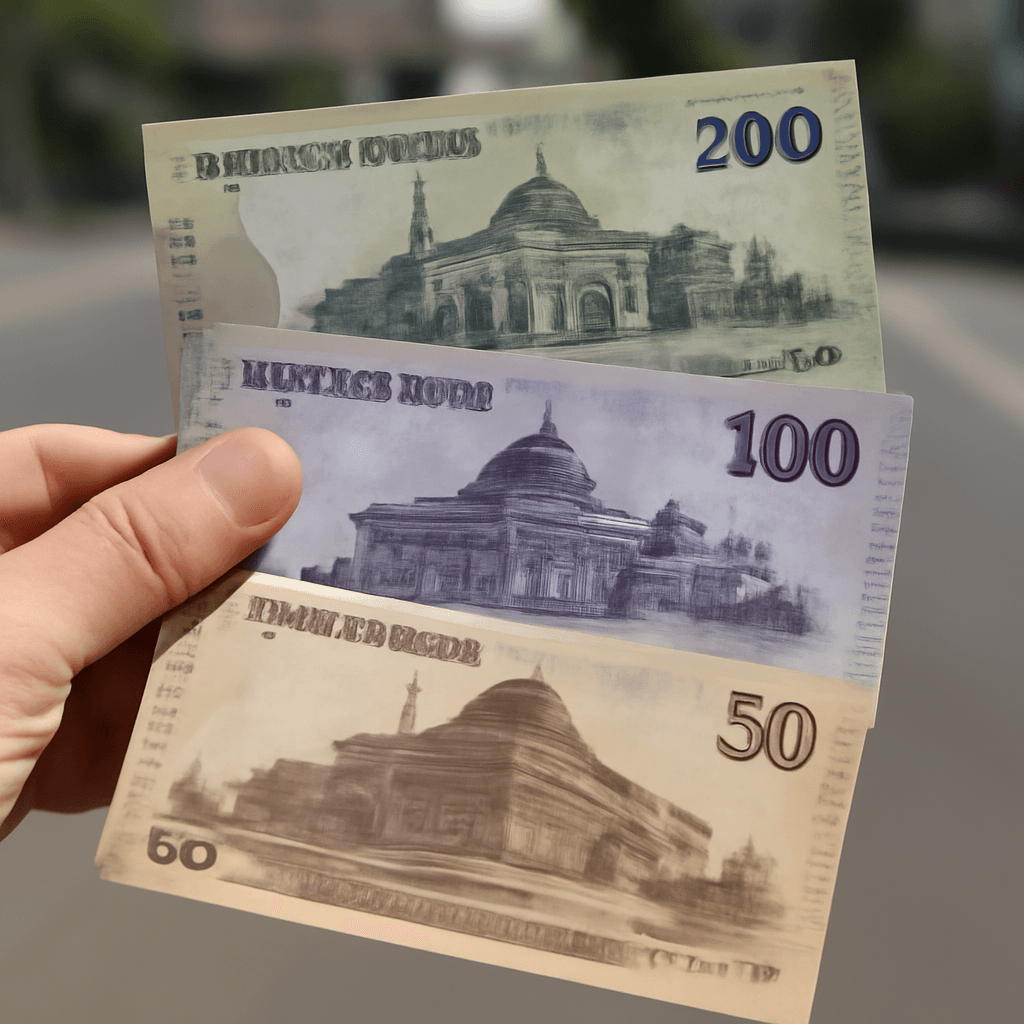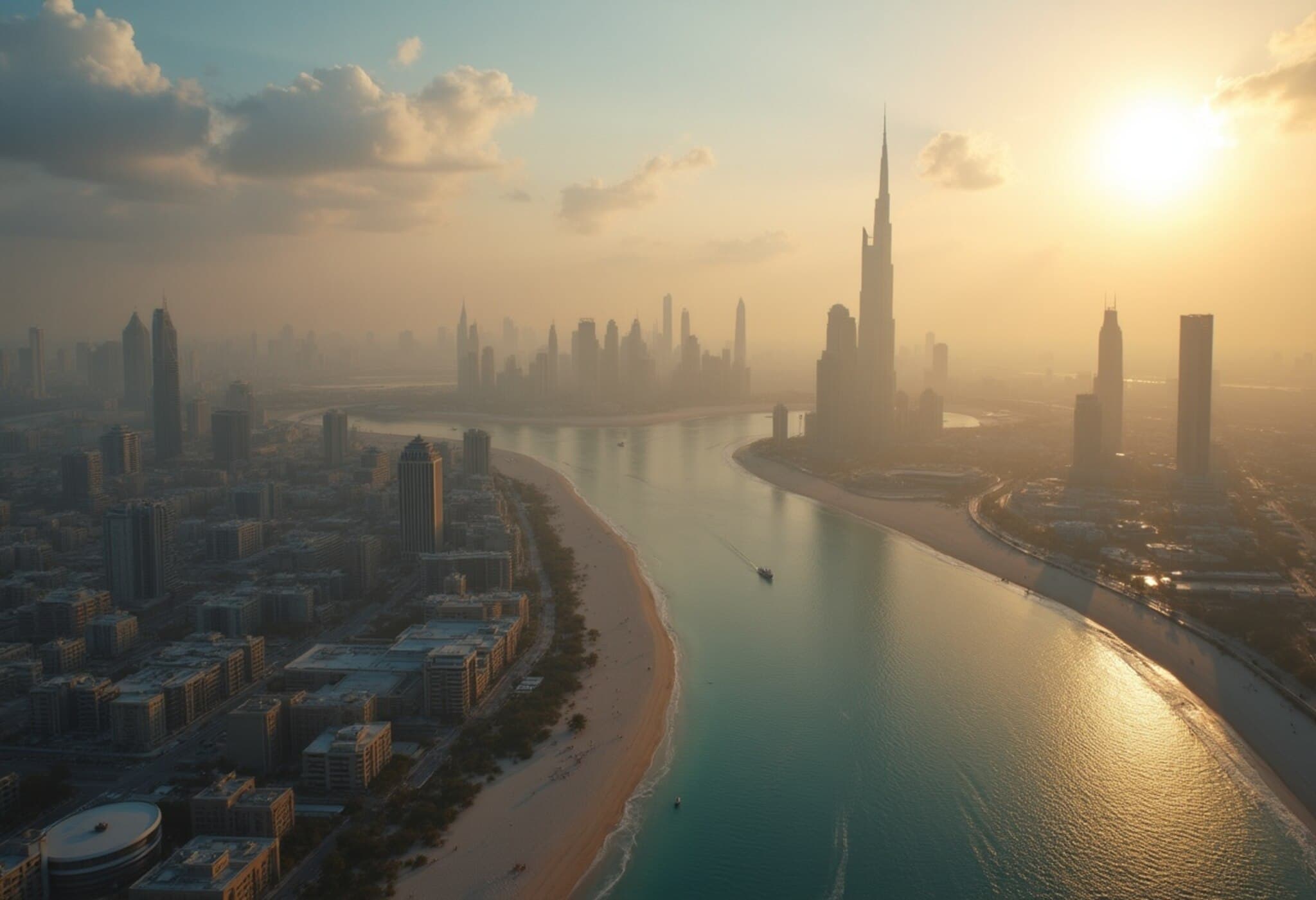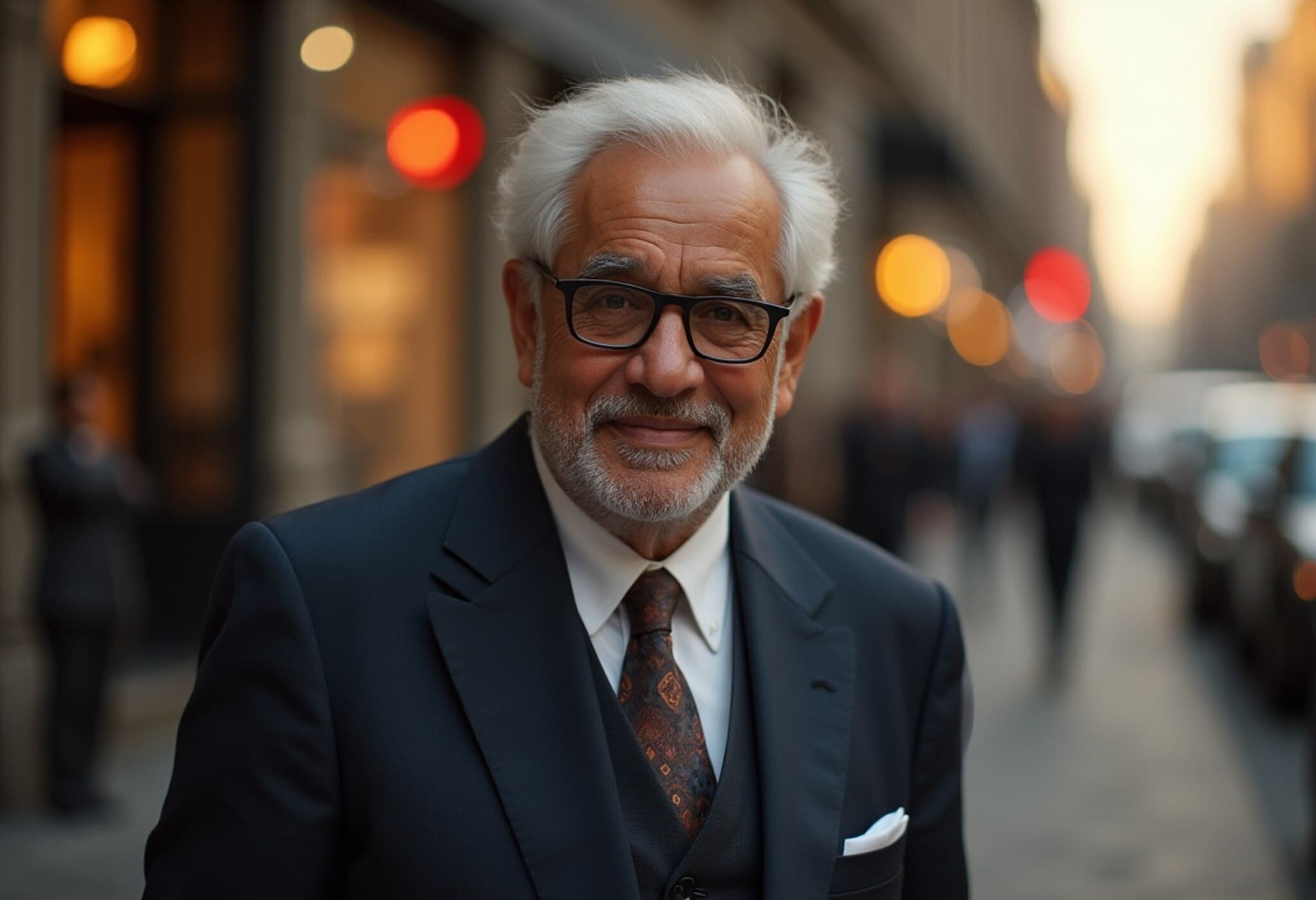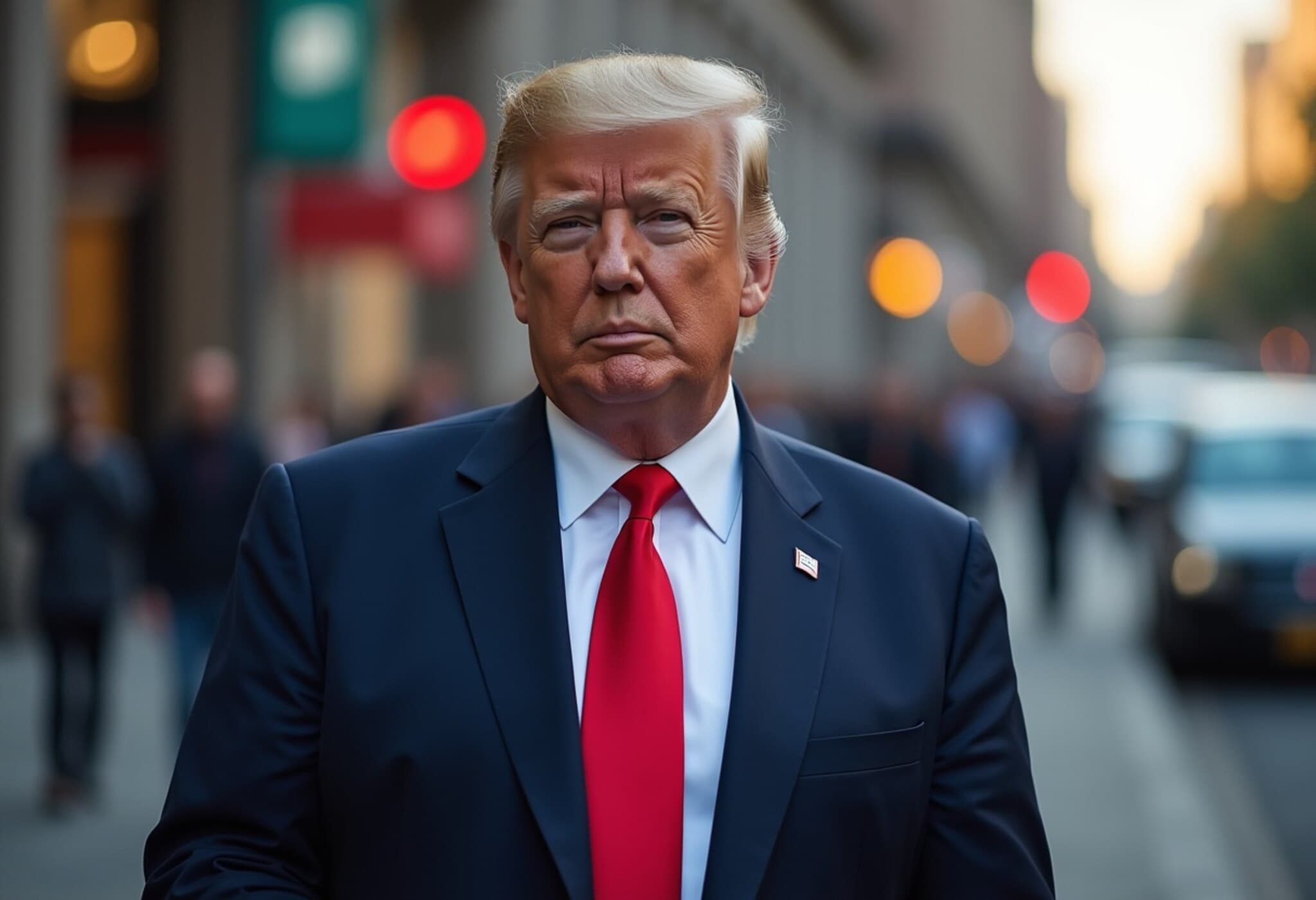Singapore Reigns as Most Expensive City for High-Net-Worth Individuals in 2025
For the third year running, Singapore has maintained its position as the most costly city worldwide for high-net-worth individuals (HNWIs), according to the 2025 Global Wealth and Lifestyle Report released by Swiss private bank Julius Baer. This comprehensive study ranks global cities based on the lifestyle costs faced by affluent consumers, shedding light on where the world’s wealthiest choose to spend their fortunes.
Understanding the Julius Baer Lifestyle Index
The report utilizes the Julius Baer Lifestyle Index, which analyzes a basket of 20 goods and services frequently consumed by HNWIs. These range from luxury cars and fine jewelry to private legal services and elite education, evaluated across 25 major cities. Supplementing the data, insights from a survey of 360 individuals holding assets over $1 million provide a firsthand perspective on spending habits and preferences.
Economic Context Behind the Numbers
Published amid global uncertainties—ranging from geopolitical tensions to fluctuating markets—the 2025 edition reflects a subtle but noteworthy shift in high-end luxury consumption. Notably, the report recorded a 2% decline in luxury costs when calculated in U.S. dollars, a rare fall considering that luxury prices have historically risen at twice the pace of average consumer inflation.
This dip underscores underlying challenges in the luxury sector. A salient factor contributing to the decline was a universal decrease in technology prices. Conversely, some luxury elements, such as business class airfare and premium watches, experienced sharp price hikes of 18.2% and 5.6%, respectively.
The 2025 Top 10 Most Expensive Cities for HNWIs
- Singapore
- London
- Hong Kong
- Monaco
- Zurich
- Shanghai
- Dubai
- New York
- Paris
- Milan
European Resilience and Dubai’s Ascent
Europe claims half of the top ten slots, with London securing second place globally. The city’s persistent high ranking, despite Brexit upheaval, the COVID-19 pandemic, and regional conflict, emphasizes its unshakeable status as a financial and cultural hub known for its blend of tradition and cosmopolitan allure.
Meanwhile, Dubai’s notable rise—from 12th to 7th place—is largely attributed to soaring prices in real estate, luxury automobiles, and champagne, spotlighting the emirate’s growing appeal as a luxury playground for the global wealthy.
Shifting Fortunes in Asia-Pacific
Although Shanghai slipped two spots this year, the region remains preeminent. Both Singapore and Hong Kong feature in the top three, reflecting Asia-Pacific’s robust economic expansion, where real GDP growth outpaces the global average (4.5% in 2024 vs. 3.3% worldwide).
Julius Baer analyst Jen-Ai Chua highlights the region’s wealth momentum, estimating a 5% increase in the high-net-worth population to 855,000 individuals in 2024. This demographic growth is a critical driver of luxury market dynamics in Asia.
The Human Dimension: Livability and Longevity
Despite its steep costs, Singapore remains a highly desirable place not only for its economic opportunities but also for its political stability, safety, and high-quality healthcare and education systems. The city-state is also pioneering in wellness tourism, integrating therapeutic gardens and mental wellness experiences into its urban fabric—a reflection of deepening interest in health, longevity, and quality of life among affluent individuals.
Longevity: A Growing Priority for the Wealthy
The report reveals that longevity and ageing well are top concerns for HNWIs across regions. Between 87% (North America) and 100% (Asia-Pacific) of respondents actively engage in practices to extend lifespan, ranging from conventional health habits like exercise and diet to more avant-garde strategies, including gene therapy and cryogenics.
Financial longevity is equally critical. Most surveyed individuals report rising asset values, and many anticipate adjusting their wealth management strategies to accommodate potentially living a decade or more longer than expected. This points to a paradigm shift in wealth planning, blending traditional investment approaches with innovative, long-term perspectives.
Expert Insight: What This Means for Global Luxury Markets
These findings underscore that luxury consumption is evolving—not just in the cities where money is spent, but in underlying motivations. The interplay between cost pressures, shifting economic landscapes, and emerging priorities like wellness and longevity points to a more nuanced luxury market.
From a policy perspective, cities competing for wealthy residents must balance exclusivity and expense with livability and long-term sustainability to retain their allure. For the U.S., with only New York City making the top ten, there’s an implicit challenge: how to innovate luxury offerings while navigating economic headwinds and maintaining global appeal.
Editor's Note
The 2025 Julius Baer report paints a vivid portrait of where and how the world’s wealthiest invest their lifestyle budgets amid an uncertain economic backdrop. Singapore’s consistent top ranking reveals the city-state’s unique ability to blend cost with quality of life, setting a benchmark for global luxury living.
As the luxury market adjusts to technological price drops and rising costs in selective areas, future research might focus on how longevity trends will shape investment strategies and urban real estate demand. For policymakers and businesses alike, understanding these evolving HNWI preferences will be vital in anticipating the next wave of global luxury consumption.

